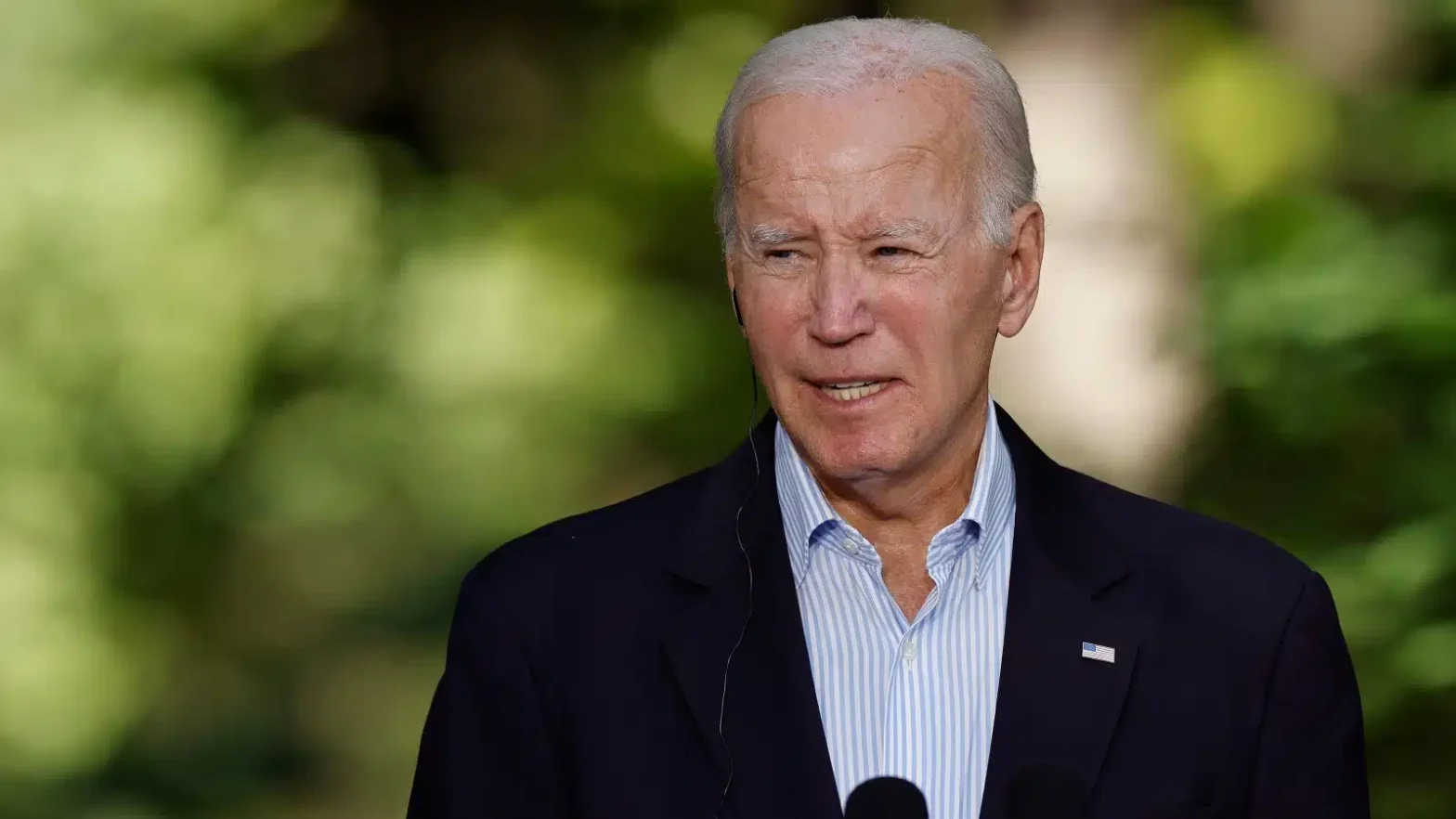In the ever-evolving landscape of American politics, the relationship between the executive and judicial branches has always been of paramount importance. Recent actions by the Biden administration have added a new dimension to this dynamic, raising questions and eyebrows in equal measure. With the release of new guidance from the Department of Education, there’s growing speculation about the White House’s stance on the Supreme Court’s decisions, particularly concerning affirmative action in college admissions.
The Supreme Court’s recent ruling on racial preferences in admissions was met with a range of reactions from various sectors of society. Many hailed it as a step towards a more equitable education system, while others expressed concerns about its potential implications for diversity in higher education. Amidst this backdrop, the Biden administration’s response was eagerly anticipated.
The Department of Education’s guidance, directed at universities and colleges, offers a nuanced approach to the Court’s recent ruling. On the surface, it seems to respect the essence of the Court’s decision. However, a deeper dive reveals subtle suggestions that could be interpreted as a way to navigate around the ruling. The guidance proposes that while direct racial considerations might be off the table, institutions could focus on life experiences influenced by race. This shift in perspective, while seemingly minor, has the potential to redefine the admissions process in colleges across the country.
For long-time observers of the political scene, this move by the Biden administration is not entirely unexpected. The current administration has often emphasized the importance of diversity and inclusion in all sectors of society, including education. However, the manner in which this guidance has been presented raises questions about the executive branch’s approach to the judiciary. Is this a genuine attempt to provide clarity to educational institutions, or is it a subtle challenge to the Supreme Court’s authority?
The implications of this guidance extend beyond the realm of college admissions. It touches upon the broader debate about the role of race in American society and the measures that can be taken to address historical inequities. By suggesting that life experiences influenced by race could be a factor in admissions, the Biden administration is highlighting the broader societal challenges faced by individuals from certain racial backgrounds. This perspective, while valid, is bound to spark debates about its appropriateness in the context of the Supreme Court’s ruling.
Furthermore, the release of this guidance has reignited discussions about the balance of power between the executive and judicial branches. Historically, while disagreements between the two branches are not uncommon, open challenges are rare. The current scenario, where the executive branch appears to be offering a roadmap to navigate around a judicial ruling, is a testament to the complex interplay of politics, policy, and law in contemporary America.
As the nation watches, educational institutions are now at a crossroads. They must navigate the fine line between adhering to the Supreme Court’s ruling and respecting the guidance from the Department of Education. Their decisions will undoubtedly have long-term implications for the future of college admissions and the broader discourse on race in America.
In conclusion, the Biden administration’s recent guidance is more than just a document for universities and colleges. It’s a statement, a perspective, and potentially a challenge. As the saga between the White House and the Supreme Court continues, the nation waits with bated breath for the next move in this intricate dance of power and policy.
Source Conservative Brief


